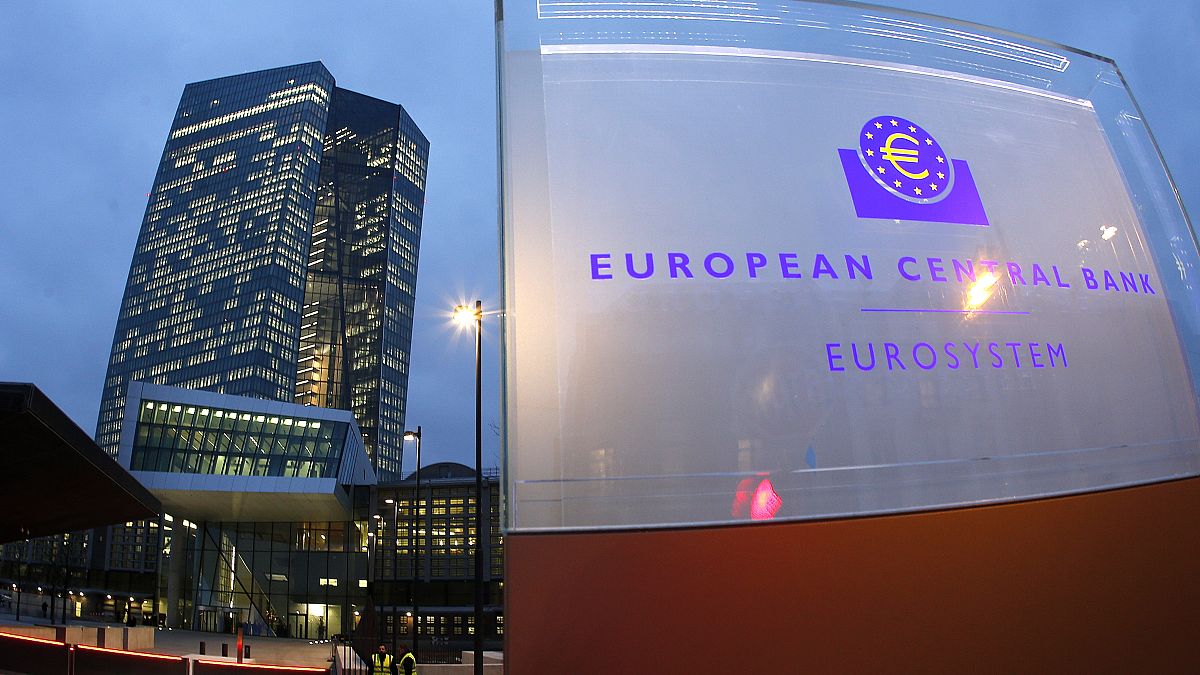In recent years, minimum wages in many EU member states and candidate countries have increased at a pace that outstrips inflation, resulting in substantial real wage growth throughout the region. Euronews Business delves into the implications of these changes.
The living standards of minimum wage workers show considerable variation across Europe. As of January 2025, the gross monthly minimum wage falls below €1,000 in ten out of the 22 EU countries.
Although the disparity in wages narrows when adjusted for purchasing power standards (PPS), significant gaps remain evident. For instance, the minimum wage in Germany is more than double that of Bulgaria when measured in PPS terms.
Curious about how minimum wage levels compare across Europe? Which countries hold the highest and lowest minimum wages? And how do these figures shift when considering nominal wages versus purchasing power?
According to Eurostat data from January 2025, the gross monthly minimum wage within the EU ranges from €551 in Bulgaria to €2,638 in Luxembourg. When including candidate countries, Moldova records the lowest minimum wage at a mere €285.
Out of the 27 EU Member States, 22 have a national minimum wage, while Denmark, Italy, Austria, Finland, and Sweden do not participate in this system. Therefore, this analysis primarily examines these 22 countries and accessible data from candidate nations.
Eurostat categorizes minimum wage levels into three distinct groups:
Group 1: Above €1,500 per month
This elite group comprises Luxembourg (€2,638), Ireland (€2,282), the Netherlands (€2,193), Germany (€2,161), Belgium (€2,070), and France (€1,802). Notably, since Belgium did not increase its minimum wage, Germany has now surpassed it. While all these countries have minimum wages exceeding €1,500, France remains the only one below €2,000, indicating a widening gap. Spain, the closest competitor, stands at €1,323, although its updated figures are pending.
Group 2: Between €1,000 and €1,500
The “medium” wage group includes Spain (€1,323), Slovenia (€1,254), Poland (€1,091), Lithuania (€1,038), Portugal (€1,015), and Cyprus (€1,000). This group has expanded significantly from just two countries in July 2024 due to recent minimum wage hikes.
Group 3: Below €1,000
This largest group comprises 10 EU member states along with all candidate countries. Within this category, Croatia (€970), Greece (€968), Malta (€961), Estonia (€886), Czechia (€826), Slovakia (€816), and Romania (€814) stand out, with minimum wages surpassing €800. Among candidate nations, Turkey boasts the highest minimum wage at €708, outranking two EU member states: Hungary (€707) and Bulgaria (€551).
Gap Narrows in Purchasing Power Standards
In nominal terms, a minimum wage worker in Luxembourg earns nearly five times (4.8) the salary of a worker in Bulgaria, the nation with the lowest minimum wage. However, when comparing purchasing power standards, this gap reduces to 2.3 times, with Germany holding the highest minimum wage at €1,992 and Estonia at the lowest with €878.
Purchasing Power Standards provide a more equitable comparison, as it operates as an artificial currency unit that reflects equal purchasing power nationwide. Effectively, one PPS can procure the same amount of goods and services in any country.
When analyzing nominal and PPS rankings, Romania leaps from 17th to 9th, while Montenegro ascends from 18th to 12th, indicating their superior purchasing power despite lower nominal wages. Similarly, Hungary, Serbia, and Bulgaria also improve their positions in PPS.
Conversely, Ireland falls from 2nd to 5th place, and Estonia declines sharply from 14th to 21st, indicating their nominal wages don’t convert to comparable purchasing power due to elevated living costs.
Inflation vs. Minimum Wage Increases
Among 24 countries with available statistics, four witnessed a decline in real terms when comparing annual inflation rates (December 2023 to December 2024) with minimum wage increases (January 2024 to January 2025) in local currencies.
Notably, minimum wage workers in Turkey faced significant hardships, with an annual inflation rate of 44.4% contrasting against a modest minimum wage increase of 30%. Other countries experiencing real declines include Cyprus, Albania, and Belgium, although to a lesser extent.
Montenegro saw the most substantial real-term growth in minimum wage, achieving a nominal increase of 25.9% against an inflation rate of only 2.6%, leading to a remarkable gain in purchasing power.
Additionally, Romania, Bulgaria, Croatia, and Lithuania recorded considerable increases in real wages, following Montenegro’s trailblazing growth.
The Impact of the Minimum Wage Directive
The EU’s Minimum Wage Directive aims to establish an international standard where minimum wages reach at least 60% of the gross median wage. In 2022, only three EU countries met this criterion. The objective is to guarantee a decent standard of living by setting statutory minimum wages at levels adequate to fulfill workers’ essential needs.
Christine Aumayr-Pintar and Carlos Vacas-Soriano from Eurofound acknowledged in their blog that the EU Minimum Wage Directive has stimulated national minimum wage increases in various countries.
“The directive could significantly drive minimum wage increases moving forward,” they noted.
Photo credit & article inspired by: Euronews



